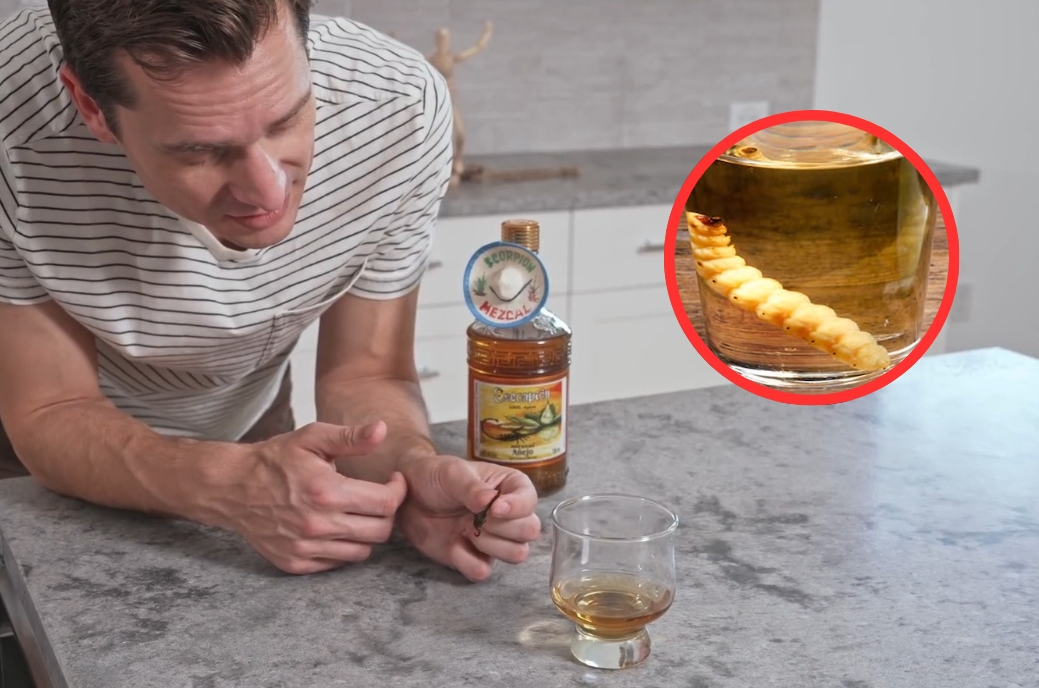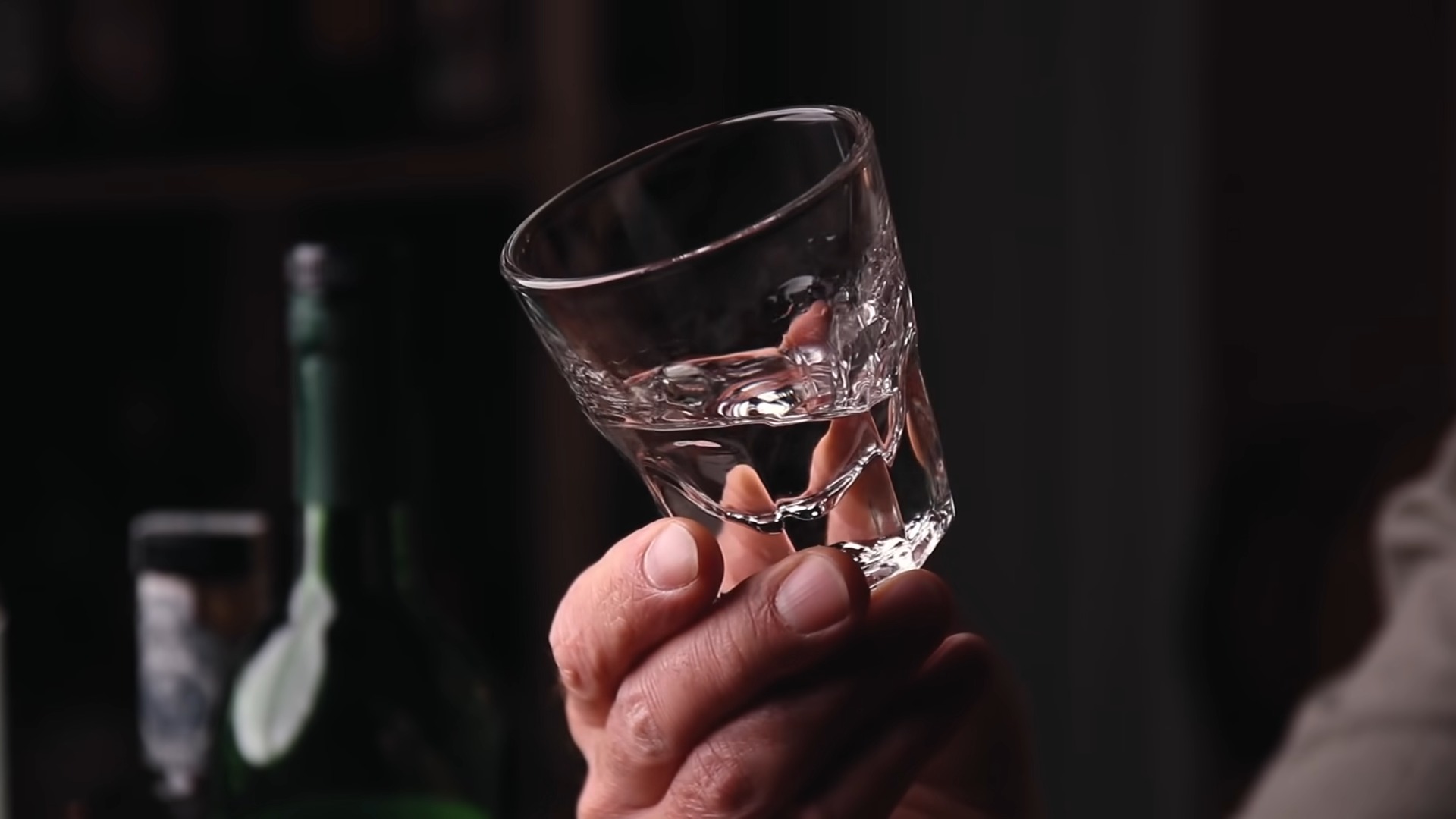Why is there a worm in mezcal?
In short, the worm that you see in a bottle of mezcal was a marketing gimmick.
Jacobo Lozano Paez of Gusano Rojo was the brains behind the marketing ploy.
It began in 1950, the art school student who became a mezcal maker included moth larvae in bottles to distinguish his brand from others.
Fun fact. The worm you see at the bottom of a mezcal bottle isn’t even a worm at all. It is a larva from the Tequila Giant Skipper moth.
After, other producers started to use the tactic as a way to differentiate themselves from tequila back when mezcal started to gain popularity from Oaxacan tourism.
Today, it is widely regarded that the producers who use the worm in their mezcal are of lower quality.
However, there are certain examples of high-quality brands using the mezcal worm as a way to pay homage to the tradition.
Does the worm have hallucinogenic effects?
What happens when you eat the worm?
There are plenty of myths and local legends about the effects that the worm may have, but they are simply not true.
If you do feel something after eating it, it is a placebo effect.
At best, you may get a little more of a buzz because the alcohol has been absorbed into the worm.
Why is the worm still used today?
Older commercialized brands have not deviated from the pack of new-generation mezcal producers.
Even today, the marketing gimmick still helps separate themselves from the other producers.
The mezcal worm is also used as a rite of passage when drinking mezcal with friends.
If you are the new mezcal drinker in the group person who finishes the bottle of mezcal has to eat the worm.
How to eat the mezcal worm?
Eating the mezcal worm is easy.
The best way to enjoy it is to eat it separately or even cut it into halves and share it with your friends.
If you don’t want to taste it and are the unlucky one to eat it, pour the mezcal worm into a shot glass with the mezcal and shoot it.
Does all mezcal have a worm in the bottle?
Before the boom of the 1990s most bottles of commercially produced mezcal that was available in the United States had a worm in the bottle.
Today, finding a worm in a bottle is rare as hundreds of new producers have come into existence in the last 20 years.
Does tequila ever have the worm?
You will never find a worm in a bottle of imported tequila.
Tequila has strict guidelines for bottling and production. The bottle would no longer be considered “tequila” under the denomination of origin.
What is worm salt for mezcal?
Sal de Gusano or worm salt, is an accompaniment used as a way to spice up vegetables and fruits while you drink it.
Worm salt is most commonly used during tastings but it can also be used for rimming cocktails and Mexican cooking as well.
Worm salt is a mix of sea salt, ground agave larvae, and chile spices.
Medicinal and Ceremonial Additions
Traditional production often includes various additives believed to enhance its medicinal properties and cultural significance. One such additive is the worm, or guano, which is thought to have aphrodisiac qualities.
Historically, these worms, which are actually moth larvae, were added to mezcal as part of medicinal practices. Indigenous communities believed that the worm could improve virility and overall health. Additionally, the inclusion of the worm played a role in ceremonial rituals, symbolizing fertility and prosperity.
Today, while the medicinal claims are largely seen as myths, the ceremonial importance remains in certain regions, preserving the cultural heritage of mezcal production.
Last Words
The inclusion of the worm in mezcal bottles, which began as a clever marketing strategy, has grown into a significant symbol of mezcal’s rich cultural heritage. While the worm was once believed to have medicinal and aphrodisiac properties, these claims have largely been debunked.
Today, the mezcal worm serves as a reminder of traditional practices and regional rituals that continue to influence mezcal production.



